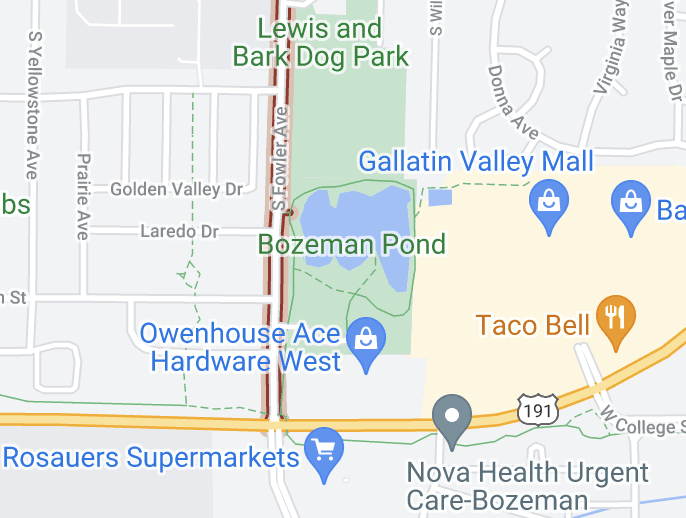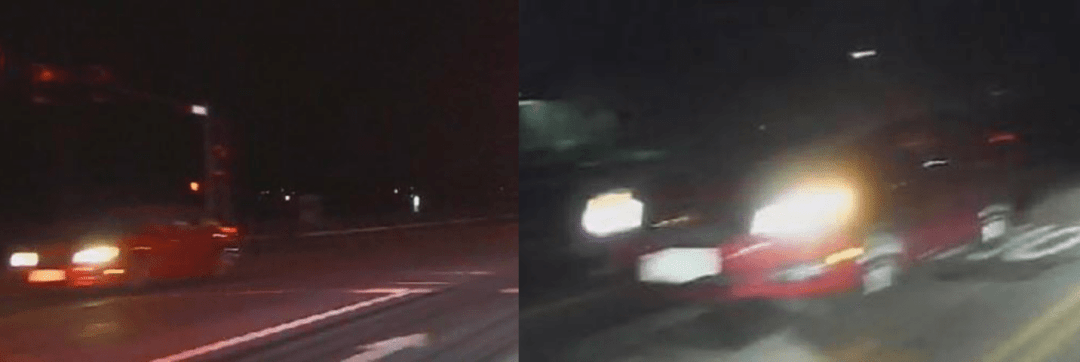In recent years, the effect of trauma on students’ educations has become more widely recognized, but Montana State University researcher Christine Stanton says an important question remains: How can education research help when education itself is traumatic for many students?
Stanton, an associate professor in the Department of Education, and Robert Petrone, a former MSU faculty member who is now an associate professor at the University of Missouri, have published an article in a prominent academic journal exploring the question. “From Producing to Reducing Trauma: A Call for ‘Trauma-Informed’ Research(ers) to Interrogate How Schools Harm Students” was published in May in Educational Researcher. Petrone is the article’s lead author.
“Trauma-informed education is really a bit of a hot topic right now,” Stanton said. “The essence of it is recognizing that some students – many students, maybe – have experienced trauma in their own lives. Because of that trauma, they are unable to learn as effectively or they might act out in certain ways.”
However, trauma is often regarded as something that has happened outside the schools, Stanton said, neglecting that schools themselves sometimes produce trauma.
“What we don’t necessarily see is the opportunity for educators and educational researchers to recognize the very complex ways that we continue to reinforce – and sometimes produce in new ways – trauma,” Stanton said. “The piece talks about historical trauma as a way to think this through.”

One example of historical trauma is the school experiences of Indigenous youth in the U.S.
“From the mid-1800s to the 1970s, officials removed Indigenous children from their families and sent them to boarding schools, where their hair was cut, their clothes replaced, and their language forbidden — all in the service of their being ‘civilized,’” Stanton and Petrone write. “In addition to the sexual assault and physical abuse that Native youth endured at these schools and later imported to their home communities, the lasting effects of the boarding school era includes endangerment of language, loss of knowledge systems, and a fracturing of family, cultural practices, and overall cultural identity.”
Another example comes from Stanton’s own work as a high school teacher, when she worked with Native students on the Wind River Reservation in Wyoming. During her time there, she learned some Native parents felt uncomfortable coming to the school for parent-teacher conferences because, she said, school had not been a good, comfortable place for them, their parents or grandparents. As a result, some chose not to attend conferences.
“The assumption, then, is they don’t want to be involved in child’s education, but that is far from true,” Stanton said. “Once we moved our parent-teacher conferences to a different site on the reservation, we had a very different response rate.”
In addition, Indigenous histories can sometimes be excluded in curriculum materials, Stanton said, making some Native students feel more invisible in the classroom and leading them to have to deal with misconceptions.
“The reality is, many of our students, especially students of color and from minoritized communities, are not bringing with them individual traumatic experiences,” Stanton added. “They’re bringing collective traumatic experiences – trauma experienced by whole communities – and bringing historical, intergenerational trauma as well.”
To address what Stanton and Petrone see as a gap in current trauma-informed education, they suggest in their article ways for schools and universities to play a role in addressing the role of schools in producing trauma, especially in terms of educational research.
“We’re arguing for a more participatory, community-based and student-centered framework that recognizes the complexities of the social environments and the historical nature of trauma,” Stanton said. “To do that, we acknowledge that many researchers, ourselves included, have not experienced the same type of trauma that maybe our students have experienced.”
One way to modify educational research is focusing on the research setting, they wrote. Educational researchers will often invite parents to come to a school and have a conversation or take a survey, or they may mail a survey to prospective research participants. Those common practices, however, miss the complexities of historical trauma, Stanton said.
“Families may not be comfortable in the school setting, and a lot of families on reservations don’t have mailing addresses,” Stanton said. “They would never get the survey, and they might not want to fill something out and send it to a white researcher they don’t know, given the history of how white people have collected and misused data about education.”
A more culturally appropriate alternative, Stanton said, would be conducting interviews at a community center.
Stanton and Petrone also advocate for more community-based participatory research —that is, research done in partnership with the community.
“A community-based approach to trauma-based educational research positions the community as an asset – a potential source of knowledge and healing filled with networks of support,” Petrone said.
“It’s important to draw attention to the fact that schools are not neutral or inherently ‘safe’ places for many students,” he added. “For us, this has to be the starting point for any intervention for school reform, especially those understood as ‘trauma-informed.’ It may not be comfortable to sit with this, but it’s imperative we acknowledge that schools have been – and for some students continue to be – harmful places, and then inquire into how to mitigate this harm rather than assume schools are safe places of refuge for some students.”
“From Producing to Reducing Trauma” grew out of Stanton and Petrone’s previous work with Indigenous communities.
Stanton, who came to MSU in 2010, conducts research in collaboration with Indigenous communities throughout the state. Those projects – more than half a dozen since coming to MSU – have been driven by requests from the communities, she noted.
As MSU colleagues, she and Petrone also frequently worked together in collaboration with Indigenous communities. One particularly transformative experience occurred several years ago, when several students, teachers and a counselor from an alternative high school on a Native American reservation in Montana visited the MSU campus, Stanton said. During their visit, the high school students met with MSU students who were studying to become English and social studies teachers.
“During that experience, we were all sitting in a big circle in a classroom in Reid Hall, and the three young men from the alternative high school that came to visit were so open and candid about their individual and collective experiences with trauma,” Stanton recalled. “It just blew the minds of the MSU students, almost all of whom identified as non-Indigenous. Every jaw hit the floor. It proved to be transformative not only for the (MSU) students, but also for Rob and me, and most importantly, for the high school students, some of whom went on to college themselves.
“(Rob) and I … have continued to work with (that particular community),” Stanton said. “So that ongoing 10-plus years of partnering with that community and a continued promise to continue that work is central to being able to learn about these particular experiences and that led to this particular piece.”
Alison Harmon, dean of the MSU College of Education, Health and Human Development, said the article has the potential to transform educators’ and researchers’ understanding of trauma-informed teaching.
“Schools should be safe places for children and youth to learn,” Harmon said. “Educators who understand the impact of individual and intergenerational trauma can make a difference for their students and families, improve schools, and advance the profession of education.”
Stanton noted that she and Petrone hope the article will help encourage and empower educators and educational researchers to make changes in their work.
“We can’t control what happens in their home, or the history, or the intergenerational experience that they bring with them,” Stanton said. “But we can certainly control what we do as educators in our classrooms, schools, universities and systems. Finding a way to address trauma within our own professions is really the optimistic outlook of the piece.”








News Comments
Thank you
Open Auditions for Annie
Monday, Sep. 16, 2024
I’m at the Bozeman airport where your painting, “Blowing East” is displayed. It’s absolutely gorgeous! Bravo, Marci!!
The Artists’ Gallery in Bozeman’s Emerson Cultural Center May Exhibits
Sunday, Jun. 30, 2024
This is so typical of a sign in, which we should not have to do to check if we or some one in our party got a permit. I have been working or "creating an account" for 30 minutes and just get the same ...
Smith River permit drawing results available
Sunday, Mar. 10, 2024
I have struggled with this podcast and my own participation therein, the event itself obviously traumatic, but beyond that my inability to reach anyone and convey anything resembling truth. The person ...
Billings, MT Case Becomes True Crime Podcast | 'An Absurd Result'
Marktokarski
Saturday, Jan. 20, 2024